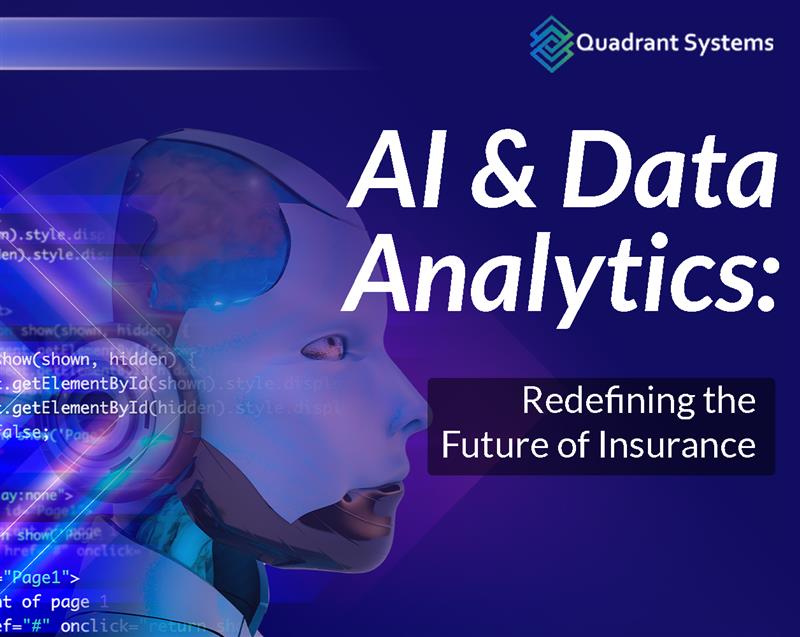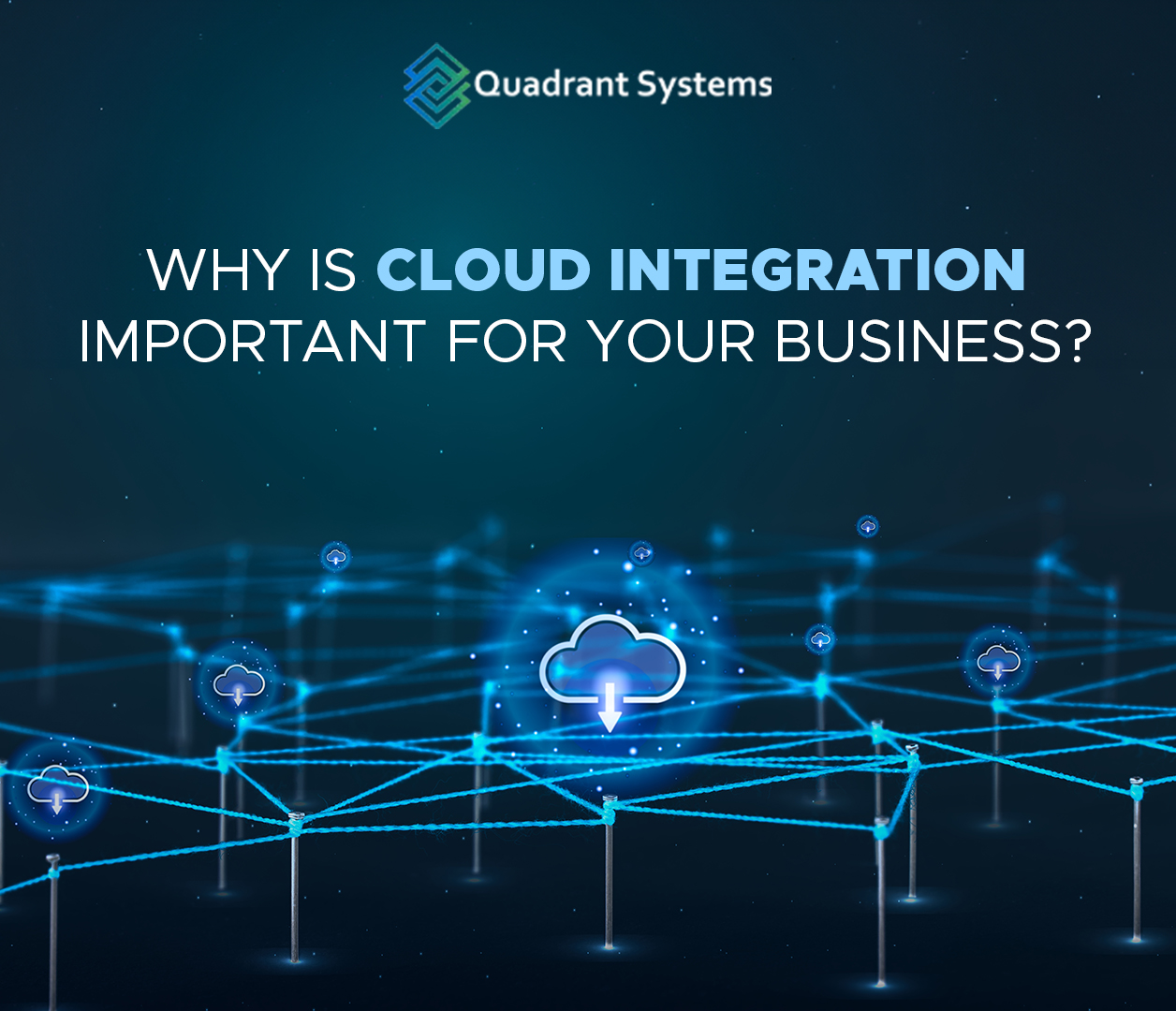Enterprise Application Integration: What It is, How It Works
In the early days of corporate IT, applications often worked in isolation from one another. Each department or function within an organization would typically rely on a standalone software system to manage its processes like sales, customer support, supply chain, finance, HR, etc. While each system was designed to optimize workflows within its specific function, these disparate applications rarely communicated, resulting in an inefficient and fragmented operational landscape.
Without integration, data had to be manually transferred from one system to another, often leading to errors, delays, and increased labor costs. For instance, to process a customer order, data might have to be extracted from a CRM, reformatted, and re-entered into an inventory or billing system, a time-consuming and error-prone process. This siloed approach could slow down the entire enterprise, impacting customer satisfaction and hindering productivity.
Then came Enterprise Application Integration (EAI), a solution that makes these systems “speak” to each other, improving efficiency, enabling real-time data sharing, and supporting streamlined workflows across the organization. In this blog, we’ll dive into what EAI is, why it’s essential, how it works, and what key considerations organizations should keep in mind when planning an integration strategy.
What is Enterprise Application Integration?
Enterprise Application Integration (EAI) is the process of enabling communication and data exchange between different software applications within an organization. An enterprise typically relies on a range of systems such as Customer Relationship Management (CRM), Enterprise Resource Planning (ERP), Human Resources (HR) software, Supply Chain Management (SCM), and more. Each of these systems often functions independently, leading to inefficiencies and challenges in accessing and sharing data across the organization.
EAI breaks down these silos by connecting these applications, allowing data to flow freely and securely from one system to another. This enables businesses to operate more cohesively, make better decisions, and respond to changing demands quickly. In essence, EAI creates a unified environment where various applications work together as one seamless system, reducing the need for manual processes and improving data integrity.
Why is Enterprise Application Integration Important?
Drawbacks of Siloed Working of Applications
Before exploring the importance of EAI, let’s understand the drawbacks of isolated application environments. When applications operate independently, companies face challenges such as:
- Data Redundancy and Inconsistency: Since data is stored separately, there’s often duplication, which can lead to inconsistent information. Updating one system does not update others automatically, creating conflicts and data inaccuracies.
- Inefficiency: The lack of data flow between systems leads to bottlenecks, as data often needs to be transferred manually from one application to another. This increases the risk of errors, is time-consuming, and limits the scalability of processes.
- Limited Insights: In an isolated setup, data remains trapped within specific systems, preventing organizations from gaining a holistic view of their operations.
- Poor Customer Experience: If front-end systems (like CRM) aren’t linked with back-end systems (like billing or inventory), organizations may struggle to respond quickly to customer needs, leading to a poor customer experience.
Benefits of Enterprise Application Integration
With EAI, organizations can eliminate the above drawbacks, leading to several strategic advantages:
- Enhanced Operational Efficiency: Automation and seamless data flow allow organizations to process tasks faster and with greater accuracy, reducing human error.
- Real-time Data Accessibility: Integration enables real-time data updates across systems, allowing decision-makers to work with the latest information.
- Improved Customer Experience: When data flows between systems, customer-facing teams can access a consolidated view of customer information, enabling them to respond more efficiently to inquiries and issues.
- Better Decision-Making: Integrated data allows organizations to have a 360-degree view of their operations, supporting data-driven decisions.
- Reduced Costs: By automating and streamlining data flows, companies can cut down on manual tasks and reduce operational costs.
How Does Enterprise Application Integration Work?
Enterprise Application Integration leverages various technologies and approaches to facilitate communication between applications. Some of the key components and technologies involved in EAI include:
- Middleware: Middleware acts as a bridge that allows applications to exchange data and communicate with each other. Popular middleware platforms like IBM’s Sterling Integrator and ITXA (IBM Transformation Extender Advanced) help in converting and transmitting data between different systems. Middleware is critical because it standardizes data formats and protocols, which ensures seamless connectivity between otherwise incompatible systems.
- Application Programming Interfaces (APIs): APIs play a crucial role in EAI by allowing applications to share data in a standardized manner. RESTful APIs, in particular, have become a preferred choice due to their simplicity and scalability. With APIs, developers can create custom connections between applications without changing the applications themselves, providing more flexibility in integration.
- Electronic Data Interchange (EDI): In industries like logistics and retail, EDI allows the structured transmission of data between organizations. EDI services facilitates secure data exchanges, enabling businesses to transmit invoices, purchase orders, and other documents. EDI has long been a standard in supply chain management and, when integrated into an EAI setup, it enhances real-time tracking and data transparency.
- Message Brokers: Message brokers, such as Apache Kafka and RabbitMQ, act as intermediaries to distribute and route data to the right systems within an EAI architecture. This is particularly useful in real-time applications where information needs to be immediately available across multiple applications without latency.
- Enterprise Service Bus (ESB): An ESB is a central, communication-focused platform that manages data exchange among different applications. It provides a unified interface for applications to communicate, reducing the complexity of point-to-point connections. An enterprise service bus also supports routing, message transformation, and orchestration, making it ideal for more complex integrations.
What are the Key Considerations in Enterprise Application Integration?
When planning for EAI, organizations need to consider certain technical and strategic factors to ensure a smooth and effective integration process. Here are some critical aspects to keep in mind:
- Compatibility and Scalability: Different applications may use various data formats, communication protocols, and architectures. Ensuring compatibility and building an architecture that scales with future applications are crucial for a successful EAI implementation. Middleware, API, and ESB solutions should be chosen based on their ability to support different standards and handle scalability.
- Data Security and Compliance: With data flowing across multiple systems, it’s essential to establish secure channels and compliance standards, especially for sensitive data. Protocols like Secure File Transfer Protocol (SFTP) and secure APIs are critical, along with compliance measures like GDPR or HIPAA for organizations dealing with customer or patient data.
- Data Transformation and Mapping: Data from different systems may not be structured identically. EAI solutions should include tools for data transformation and mapping to ensure that information is correctly understood and processed by receiving applications. Tools like IBM Transformation Extender (ITX) are commonly used for this purpose.
- Real-time vs. Batch Processing: Some applications may require real-time data exchange, while others work best with periodic updates. The integration architecture should be designed to handle both real-time and batch processing, ensuring data flows meet the requirements of each application.
- Maintenance and Monitoring: Once EAI is in place, monitoring and maintaining the data flows are crucial. Organizations should deploy tools to monitor integration points and quickly detect issues, ensuring data continues to flow seamlessly between systems. Regular maintenance is necessary to keep the integration up to date with application upgrades or system changes.
To conclude, the technologies used in EAI such as middleware, APIs, EDI, and message brokers are continually evolving, allowing organizations to implement even more sophisticated integration frameworks. Platforms like IBM’s Sterling Integrator and ITXA offer powerful, scalable solutions that ensure data integrity, security, and compliance, making EAI a practical and strategic investment for organizations across industries.
As technology advances, integration methods are likely to become even more seamless and accessible, making it easier for businesses of all sizes to leverage the full potential of their data and applications. By understanding and adopting EAI, organizations can position themselves to stay competitive, responsive, and efficient in an increasingly interconnected world. To know more about application integration and understand which technology suits you better, you can contact us.








